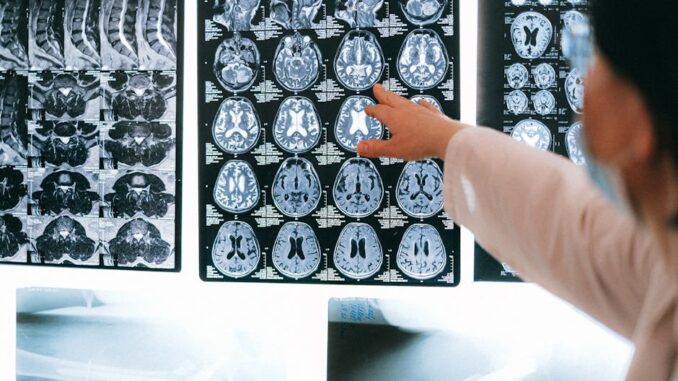
In a groundbreaking development, Microsoft’s AI Diagnostic Orchestrator (MAI-DxO) has outperformed human physicians in diagnosing complex medical cases. (time.com)
The Rise of AI in Medical Diagnostics
Artificial intelligence has been steadily infiltrating various sectors, and healthcare is no exception. The promise of AI lies in its ability to process vast amounts of data swiftly and accurately, potentially transforming medical diagnostics. Microsoft’s MAI-DxO exemplifies this potential.
The Study: A Comparative Analysis
To assess MAI-DxO’s capabilities, researchers presented 304 intricate medical cases from the New England Journal of Medicine to both the AI system and 21 experienced physicians from the U.S. and U.K. The results were striking:
-
MAI-DxO: Achieved an accuracy rate of 85.5%.
-
Physicians: Averaged a 20% accuracy rate.
(time.com)
This stark contrast underscores the AI’s potential in handling complex diagnostic challenges.
How MAI-DxO Operates
MAI-DxO employs a unique ‘chain of debate’ methodology, integrating multiple large language models (LLMs) to simulate a team of specialists. Each model contributes to the diagnostic process, refining hypotheses and selecting tests, thereby enhancing accuracy and efficiency. (digit.in)
Implications for Healthcare
The implications of MAI-DxO’s performance are profound. Beyond reducing diagnostic errors, the AI system can streamline the diagnostic process, potentially lowering healthcare costs by minimizing unnecessary tests. (time.com)
Challenges and Considerations
Despite its impressive performance, MAI-DxO is still in the research phase and not yet ready for clinical deployment. Experts emphasize the need for further real-world trials to validate its effectiveness and address potential challenges in diverse healthcare settings. (time.com)
Conclusion
Microsoft’s MAI-DxO represents a significant advancement in medical diagnostics, showcasing AI’s potential to complement and enhance human expertise. As research progresses, it could become an invaluable tool in the medical field, improving diagnostic accuracy and patient outcomes.


Given the “chain of debate” methodology, how might the integrated large language models (LLMs) be further refined to account for the nuances of individual patient histories and potential biases present in medical data?